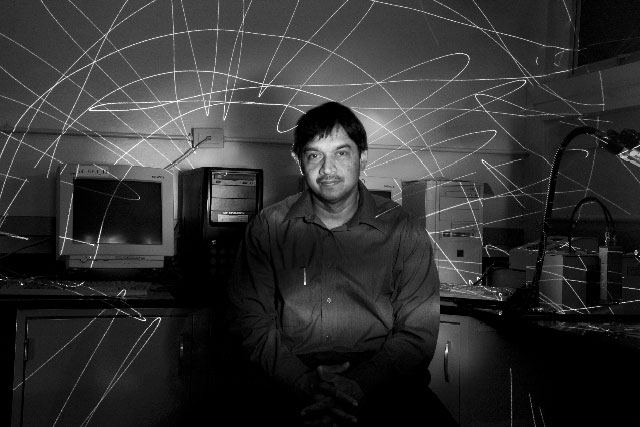Professor Upindranath Singh
PROFESSOR OF CONDENSED MATTER PHYSICS
FACULTY OF PURE AND APPLIED SCIENCES
CAVE HILL CAMPUS, BARBADOS
Tel: (246) 417-4376 • Email: usingh@uwichill.edu.bb
PROFILE
Professor Upindarnath Singh holds a BSc: Physics and Chemistry (First-Class honours), UWI, St Augustine (1977); an MPhil: Solar Energy UWI, St Augustine (1980) and PhD: Physics, University of Delaware (1986). He has conducted research in several high quality labs in both the US and UK, including the Polymer Science Centre, University of Reading, UK; Liquid Crystal Institute, Kent State University; The University of Manchester; and Florida State University. He is responsible for developing a highly accurate and reproducible technique at UWI, Cave Hill to measure optical activity. Professor Singh is the recipient of the Principal’s Award for Excellence (Research Category) 2006, the Leverhulme Fellowship (1993) and the Bartol Research Fellowship (1983-1986).
RESEARCH INTERESTS
Professor Singh studies phase transition in liquid crystals, polymers and polymer/liquid crystal blends using a variety of techniques namely: Light Scattering, Optical Activity, Polarized Light Microscopy, Differential Scanning Calorimetry, High Resolution X-ray Diffraction, Kerr Effect and Optical Bragg Scattering. By using these techniques, one can identify the various phases and the transitions between them. Such information is crucial in exploring the stability of the various and thus the application potential of the liquid crystals and their blends. In addition, the techniques developed by Professor Singh can be applied to other areas: for example, studying atmospheric pollution by measuring the dust concentration in the atmosphere by light scattering or determining the purity of materials by studying how impurities affect their thermal, optical and electro-optical properties.
